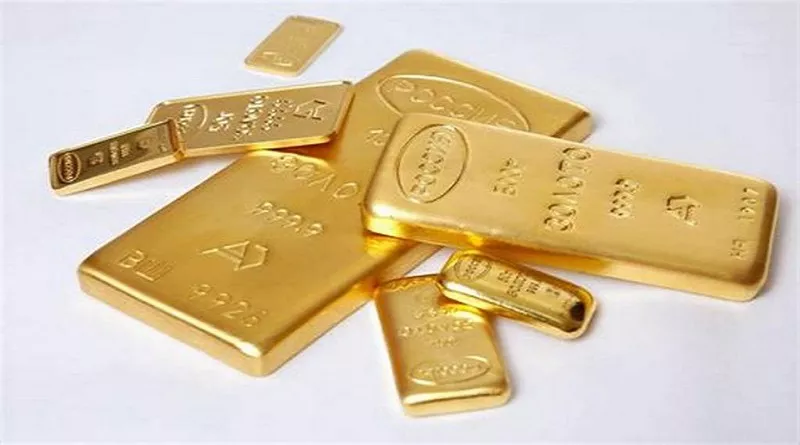Gold prices continue to navigate a rangebound pattern, oscillating between $2,400 and $2,300 per ounce, influenced by a cautious market sentiment due to the Federal Reserve’s assertive monetary policies. Amidst this backdrop, David Brady, an independent analyst and author of The FIPEST Report on Substack, encourages investors to adopt a broader perspective.
In an interview with Kitco News in mid-June, Brady emphasized that the current dip in gold and silver prices throughout the summer presents strategic buying opportunities, foreseeing a sustained bull market in the long run.
Brady analyzed the technical aspects of the market, projecting a potential bottoming of gold prices in the range of $2,280 to $2,250 per ounce. He contextualized the current phase as a minor correction within a larger uptrend.
Instead of fixating on pinpoint timing for market entries, Brady advised investors to identify comfortable price levels and withstand prevailing volatility. “I’m looking to $2,700 to $3,000 before we get a major correction on this rally,” Brady projected, underlining the triviality of current price fluctuations compared to potential future gains.
Looking ahead, Brady speculated that the mid-rally target of $3,000 may trigger more significant corrections, with long-term prospects potentially soaring to $5,000 or even $10,000 per ounce. He characterized the current market dynamics as the beginning of a precious metals bubble, driven by dwindling confidence in fiat currencies.
Highlighting the escalating global debt crisis, Brady underscored gold and silver as steadfast stores of value amidst economic uncertainties. He pointed out the mounting U.S. debt, currently at $34 trillion, echoing concerns raised by economists, including Federal Reserve Chair Jerome Powell, about its sustainability.
Brady drew attention to the International Monetary Fund’s recent warning about U.S. government debt posing systemic risks to the global economy. He noted international shifts away from dollar-centric transactions, citing Saudi Arabia’s alteration of oil price quotations and China’s longstanding gold acquisition initiatives.
Reflecting on global trends, Brady recalled significant moves by central banks, such as Germany’s repatriation of gold reserves from London and New York a decade ago, signaling a broader distrust in fiat currencies. He described gold as a hedge against the dollar, motivating nations to bolster their reserves.
“Follow the smart money,” Brady urged, referencing central banks’ ongoing gold accumulation strategies. “They see gold as a long-term investment, preparing for potential future disruptions.”
Amidst short-term market fluctuations, Brady advocated for a focus on overarching trends, suggesting that strategic patience could yield substantial rewards in the evolving landscape of precious metals investment.
Dailygoldprice provides you with live gold prices so that you can always understand the changes in the price of gold and better invest in gold.

